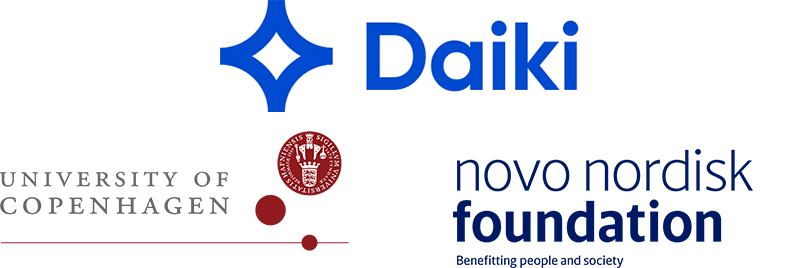The world is entering a new cycle of technology governance. Quantum technology, machine learning and classical high performance computing (HPC) paradigms are currently combined in fields like chemistry, optimization, and materials science & engineering, with exciting quantum-relativistic hybridized approaches emerging in healthcare, finance, energy, defence, space, and beyond.
The suite of quantum technologies consists of several domains -or branches- such as computing, sensing, cryptology, and networking. Each applied quantum domain is developed across several platforms, and demonstrates different technology readiness levels (TRL). Arguably, quantum sensing and simulation have the highest TRLs anno 2024. In fact, quantum simulation, which is about enabling the study of quantum systems by using another quantum system that operates under the same rules, is rapidly making its way from the lab to the global markets. Use cases range from simulating quantum systems for fundamental quantum physics research, to applying quantum simulation to chemistry for battery design, to physical modelling of the human body to achieve hyperpersonalized medicine.
In addition to exacerbating AI risks, second generation (2G) quantum technologies directly harnessing counter-intuitive quantum mechanical effects are expected to transform society in ways beyond human imagination. Large-scale cybersecurity threats, unprecedented surveillance capabilities, democratic cohesion, equal access, and equitable distribution of benefits are among the pressing issues, highlighting novel ethical, legal, socio-economic, and public & geostrategic policy (ELSPI) questions.
Another consideration concerns quantum technologies’ dual use, e.g. usability for both civil and military purposes. Although dual use isn’t a bad thing per se, one would want to avoid military use of quantum technologies by adversaries, prevent criminal use by terrorists, and steer clear of letting quantum/AI hybrids such as Quantum Artificial Intelligence (QAI, or “AI on steroids”) revolutionize warfare.
While these inherently dual use technologies steadily progress yet remain malleable, a Stanford led team of experts from various disciplines exploring their potential impact proposed a principled approach to quantum innovation. In this spirit, we argue that quantum technology development should best be guided by a framework for Responsible Quantum Technology, operationalized by a set of tailored principles to optimize both risk-benefit curves and trade-offs inherent to public policy making.
Obviously, quantum simulation is potentially dual use too. Its expected societal impact urges us to proceed responsibly. With the aim of applying the RQT framework to quantum simulation, this year’s Conference theme is: Responsible Quantum Simulation. Sectorially, we’ll apply the RQT framework to Healthcare.
The 2nd Annual Stanford Responsible Quantum Technology Conference celebrates the launch of the Stanford Center for Responsible Quantum Technology. RQT 2.0 is an in person quantum-physics and art-inspired law conference featuring live physics experiments, fractal art, musical interludes, and opera. It features presentations on quantum mechanics, cryptography, quantum algorithms, national security, quantum infused nuclear deterrence, export controls and critical mineral supply chains, antitrust, intellectual property, standardization, (self)regulation, ethics, product safety and liability, quantum in healthcare, and the industry panel uncovering their extravagant use cases and innovations.
Bringing the quantum community together within an inclusive quadruple helix of academia, regulators, industry and end users, our Stanford RQT Conference delivers insights and actionable recommendations on how, where, & when to address identified promises and perils of quantum and AI, on the global scale.
Promoting creativity, imagination, and lateral thinking, the Center and its Conference seek to consociate art-making skills with interdisciplinary problem solving processes, focused on ensuring that quantum research and innovation efforts meet societal demands and enhance planetary welfare, guided by a framework for Responsible Quantum Technology.
The conference is hosted by the Stanford Center for Responsible Quantum Technology and is supported by Daiki, the University of Copenhagen’s Centre for Advanced Studies in Bioscience Innovation Law (CeBIL) and the Novo Nordisk Foundation Inter-CeBIL Program.


